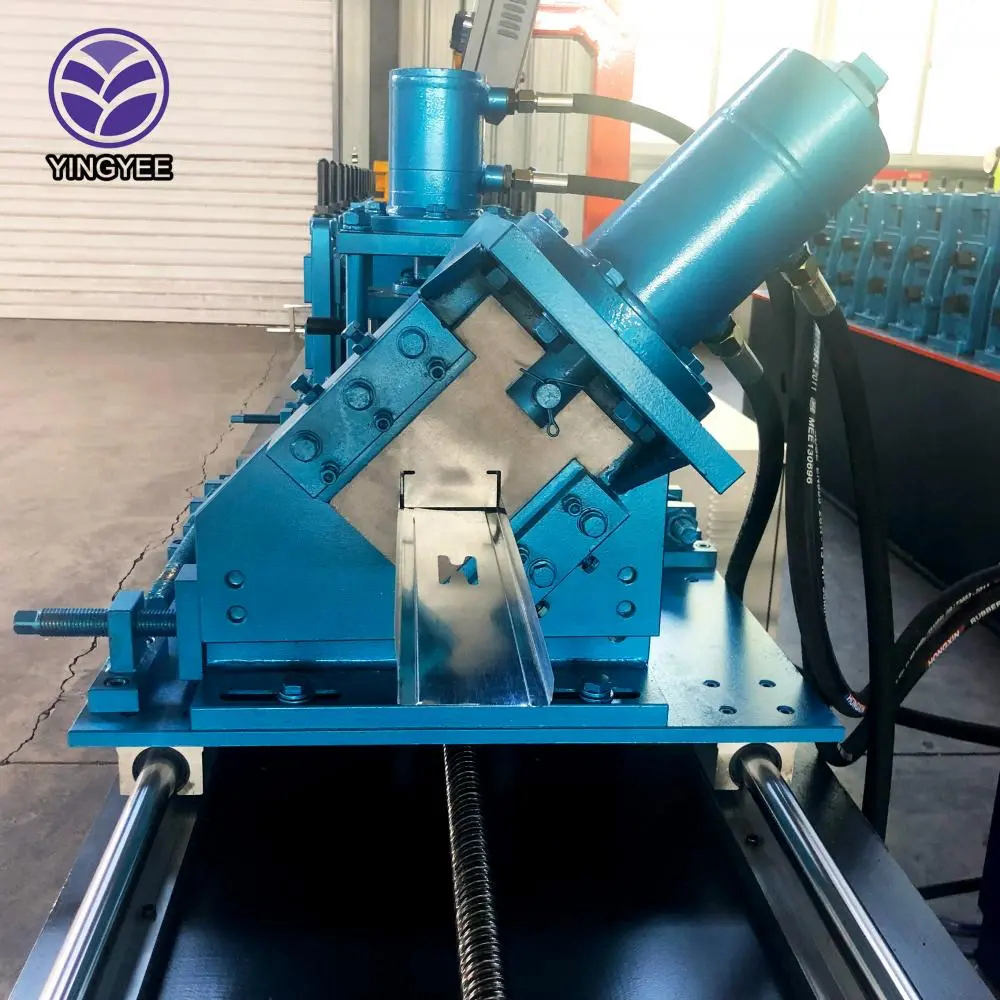
Understanding the Automatic Cut to Length Line Enhancing Efficiency in Manufacturing
In the manufacturing sector, efficiency and precision are paramount. One of the most innovative solutions designed to improve these aspects is the automatic cut to length line. This technology plays a critical role in various industries, including metal processing, woodworking, and plastics manufacturing, streamlining production processes while minimizing wastage.
What is an Automatic Cut to Length Line?
An automatic cut to length line is a sophisticated piece of equipment that processes material—often in roll form—by cutting it into specific lengths as per production requirements. The system typically consists of a series of integrated components, including a feed mechanism, a cutting station, and often a control system to ensure precision and repeatability. These lines can handle materials ranging from metal coils and aluminum sheets to wooden boards and synthetic materials, making them versatile tools in a variety of production environments.
Key Features and Components
1. Feeding Mechanism The line begins with an automatic feed system that pulls the material from a roll or stack. This mechanism ensures a continuous flow of material, reducing downtime and manual intervention.
2. Cutting Station The core of the cut to length line is its cutting station. Here, high-speed blades or saws make precise cuts at predetermined lengths. Advanced systems may utilize laser or plasma cutting technology, which not only ensures accuracy but also enhances the speed of production.
3. Control System Modern lines are equipped with sophisticated control systems that allow operators to program lengths, adjust speeds, and monitor performance in real-time. This feature significantly reduces human error, increases consistency, and can often be adjusted on the fly to meet changing demands.
4. Stacking and Finishing Equipment After cutting, the pieces are typically stacked automatically. Some systems may include additional features such as wrapping, labeling, or tagging, thereby reducing the amount of manual handling required and streamlining the workflow.

Benefits of Using an Automatic Cut to Length Line
1. Precision and Accuracy One of the main advantages is the ability to produce precisely cut pieces that meet exact specifications. This prevents discrepancies in the final product and ensures higher quality standards.
2. Increased Efficiency The automation of the cutting process reduces the time and labor needed for manual cutting. This not only accelerates production rates but also allows personnel to focus on more complex tasks that require human intervention.
3. Waste Reduction Automated systems optimize material use, minimizing scrap and waste. By calculating the most efficient cutting patterns, manufacturers can significantly lower their raw material costs and environmental impact.
4. Flexibility Many automatic cut to length lines are designed to accommodate a variety of materials and can be adjusted for different production runs. This flexibility is essential for manufacturers dealing with diverse product lines.
5. Enhanced Safety Automation reduces the need for workers to be in close proximity to cutting tools, thus improving safety on the production floor. With fewer manual interventions, the risk of accidents and injuries can be significantly decreased.
Conclusion
The automatic cut to length line represents a significant advancement in manufacturing technology. By combining efficiency, precision, and flexibility, these systems ensure that modern manufacturers can meet the demands of today’s competitive marketplace. As industries continue to evolve, the integration of such automated solutions will be crucial for optimizing production processes, enhancing product quality, and minimizing costs, thereby sustaining growth and profitability in the long term. Embracing this technology not only aligns with current manufacturing trends but also sets a foundation for future innovations.